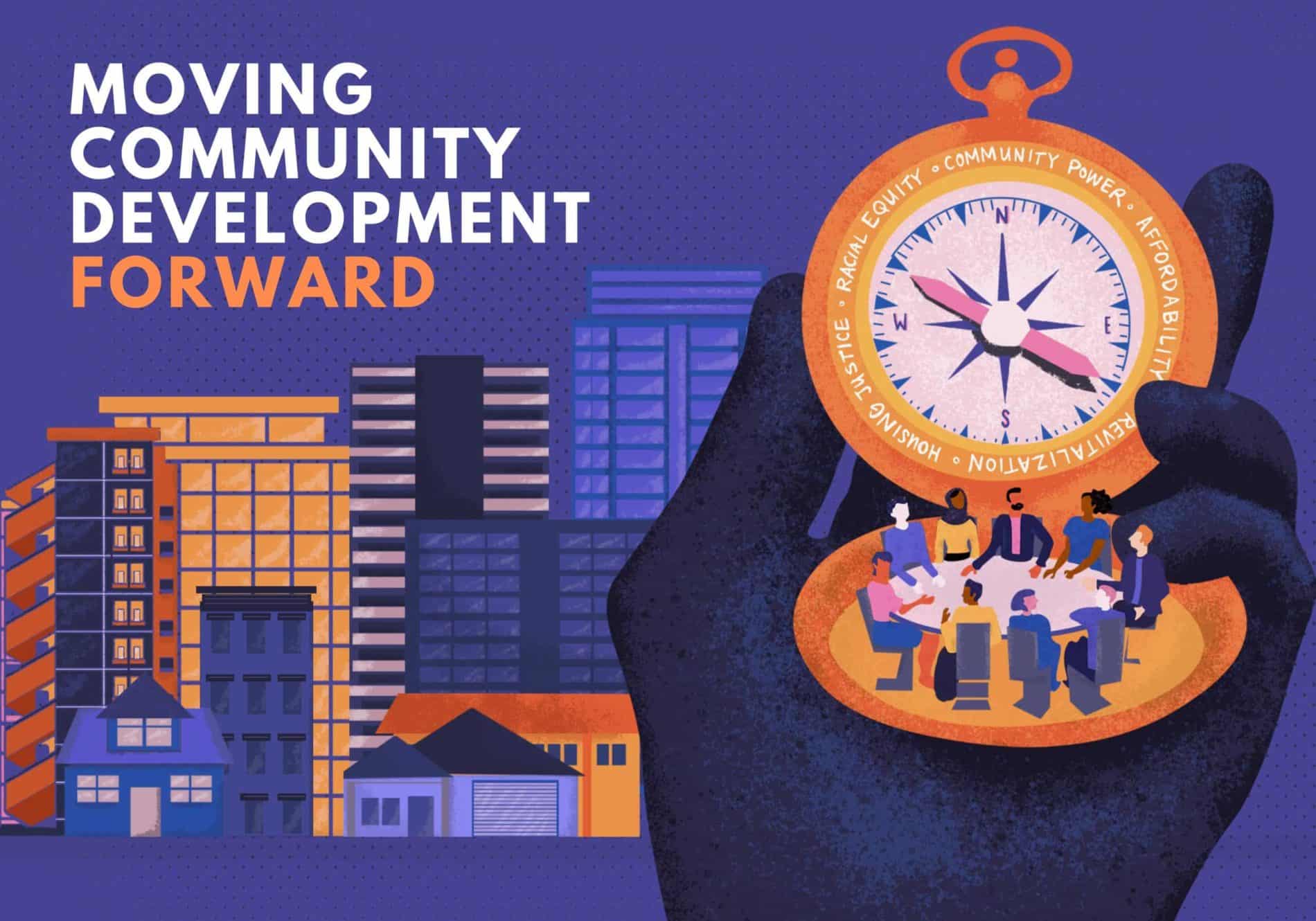The nonprofit community development industry has grown and matured over the last thirty years. During the 1970s this nascent movement was boosted by the 1971 passage of the Home Mortgage Disclosure Act (HMDA). At the time HMDA data definitively proved that “redlining,” i.e. mortgage and credit discrimination, existed in poor urban neighborhoods and communities of color across the United States. This disclosure provided the justification to successfully organize for the passage of the Community Reinvestment Act (CRA) of 1977.
CRA mandates that all banks and savings and loan associations undergo a CRA exam every two years to test whether they are in compliance with the law. For the 20 years from CRA’s passage until 1997, the measure of a lender’s performance was based on HMDA data, meaning that it was limited to affordable housing lending.
This led to a large financial commitment from all of the nation’s lenders to affordable housing over the period when the nascent community development industry was maturing. This large volume of private capital leveraged government resources to tilt toward affordable housing investment as governments sought to attract lender commitments to their jurisdictions.
Although this history is impressive, and has yielded tremendous results, it is not without problems. Affordable housing alone does not make for a healthy community. In fact, many communities where a significant volume of affordable housing was produced actually got worse: Crime increased, unemployment increased, and school results sagged.
For 35 years, from a CRA exam point of view, investment in housing counted more than anything else, even though job creation and workforce development might be the wiser long-term strategy to accomplishing affordability. Yes, housing is needed, but given the wide array of needs and opportunities in any given community, is it the most strategic investment? In many places we never even ask the “strategic” question, because according to the financing sources and the way CRA compliance exams are conducted, housing is what counts.
We would be wise to remember that CRA stands for the Community Reinvestment Act, not the Housing Reinvestment Act.




Comments